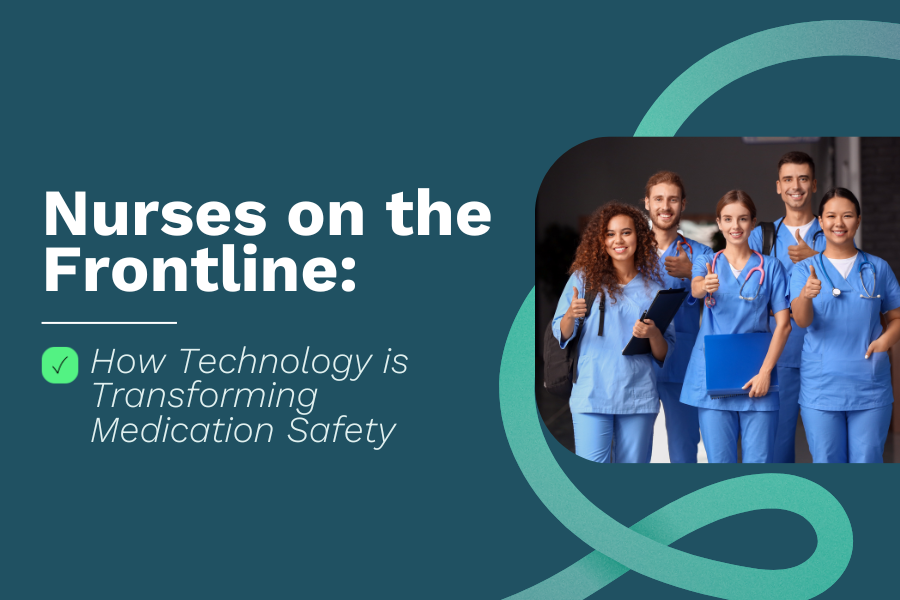How Barcode Scanning Improves Medication Safety
Celebrating Nurses and Their Role in Medication Safety
On Certified Nurses Day, we honor nurses whose vigilance keeps patients safe every day. Among their many responsibilities, medication safety stands out as one of the most crucial—and most complex.
Before technology, nurses relied on handwritten logs, double-checks, and manual counts—methods that were not only time-consuming but also left room for human error. Today, barcode scanning medication safety systems are transforming the way medications are stored, tracked, and administered.
The Challenge: Medication Safety Before Scanning Technology
Ensuring medication safety has always required precision—but manual processes made that a constant struggle.
Manual Logs and Paper Records
Recording each narcotic transaction by hand led to inconsistencies and frequent documentation errors.
End-of-Shift Reconciliation
Nurses spent significant time verifying counts, leaving less time for patient care.
Security Risks
Traditional lock-and-key cabinets offered limited visibility and accountability.
Lack of Real-Time Tracking
When discrepancies arose, locating medications or identifying access history took hours.
Despite their dedication, nurses were constrained by systems that made accuracy harder to achieve.
The Shift: How Barcode Scanning Enhances Medication Safety
With barcode scanning medication safety systems, healthcare facilities have entered a new era of accuracy, accountability, and efficiency.
By integrating barcode technology into medication workflows, nurses can ensure that every dose matches the correct patient, medication, and administration time.
Here’s how barcode scanning makes a difference:
Accurate Identification: Each medication and patient wristband includes a unique barcode, reducing the risk of wrong-drug or wrong-dose errors.
Automated Documentation: Every scan automatically updates electronic records, eliminating the need for handwritten logs.
Improved Accountability: Digital records track who accessed medications and when, enhancing compliance with DEA and state regulations.
Real-Time Alerts: The system flags mismatched or expired medications before administration..
The Impact: Improving Safety and Efficiency in ASCs
Ambulatory Surgery Centers (ASCs) and outpatient facilities are among the biggest beneficiaries of barcode scanning technology.
By pairing barcode systems with digital medication cabinets like MedServe, facilities can combine secure storage, automated logging, and scanning verification—all in one workflow.
Benefits include:
Reduced medication errors and diversion risk
Faster end-of-day reconciliation
Automated audit trails for compliance
More time for nurses to focus on patient care
Barcode scanning doesn’t just enhance medication safety—it empowers nurses with tools that simplify their work and support better patient outcomes.
Empowering Nurses Through Barcode Scanning Innovation
Nurses have always been the guardians of medication safety. With barcode scanning technology, they now have the support of precise, data-driven systems that reduce human error and administrative burden.
By adopting barcode-based workflows, healthcare facilities can:
Strengthen compliance with regulatory standards
Improve patient outcomes through verified accuracy
Lighten documentation load and reduce burnout
On this Certified Nurses Day, we celebrate the professionals who make safe care possible—and the technology helping them do it better.
Learn how MedServe can help your facility strengthen medication safety →

